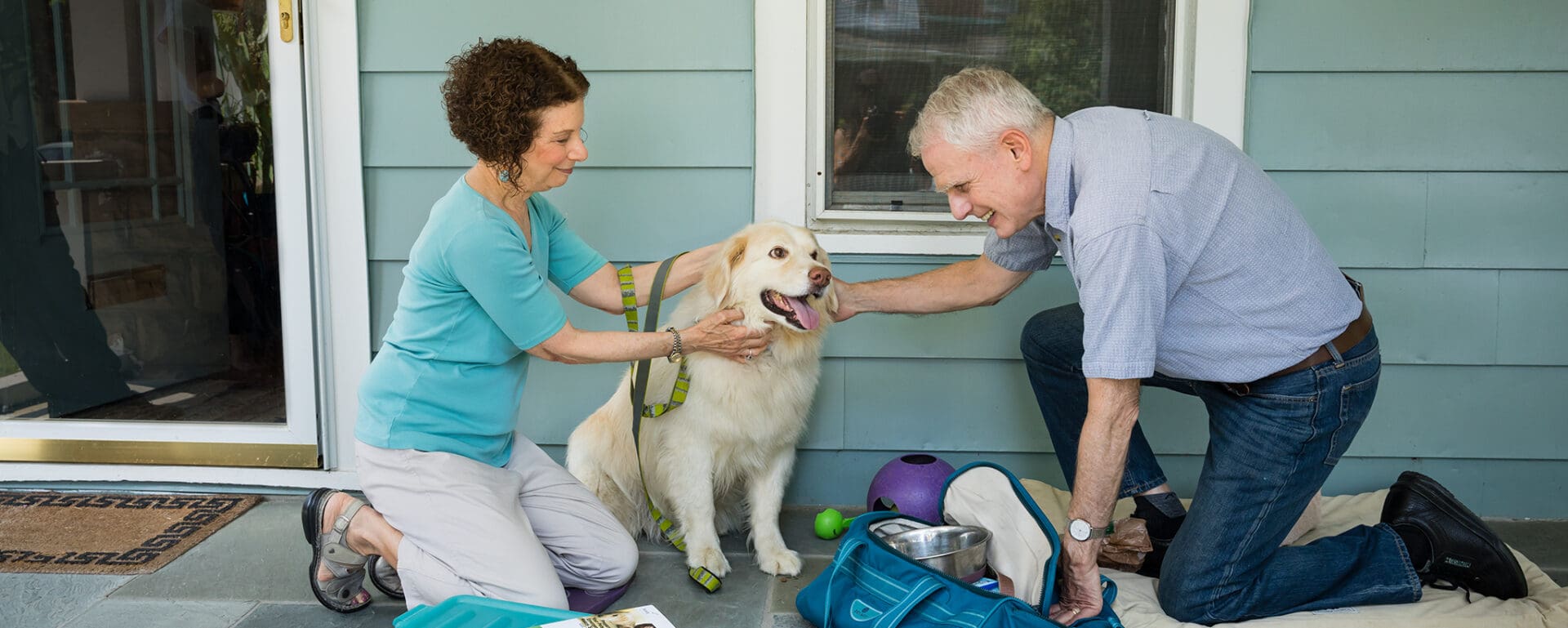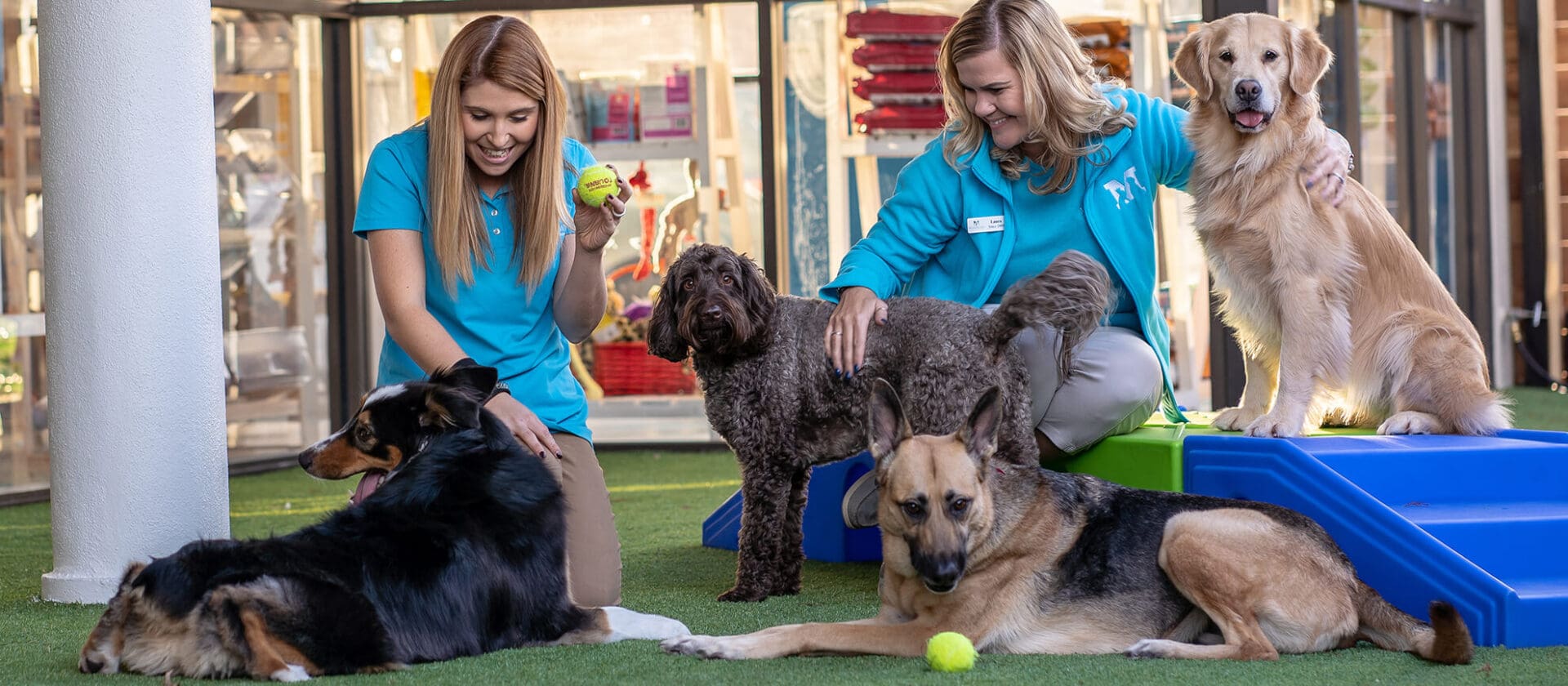Pet Preparedness 2020

In Houston, it seems hurricane season is always here or just around the corner. We have learned a lot, mostly the hard way, since Hurricane Harvey in 2017 regarding the importance of disaster planning for animals, especially for our own pets. Unlike many other forms of disasters such as flooding and tornados, we normally have the advantage of preparing for a specific time of year and also receiving somewhat of an advanced warning. This does not, however, mean we can wait until the last minute to prepare.
Below we’ve outlined 6 ways to prepare your pet for Hurricanes ( & other disasters).
- Have a plan
Hurricanes may last a few hours, however recovery can take weeks, even months. Your home may be without power, water or other services making it inhabitable. You must prepare in advance especially if you are forced to evacuate your home. Pet-friendly hotels, boarding facilities such as Meadowlake, relatives or friends out of the area are all possibilities, but must be thought about in advance. - Have Your Pet Microchipped
We highly recommend this animal identification system. A microchip provides secure, reliable, and permanent identification, which greatly increases the likelihood that your pet, if lost, will be returned home to you. A microchip only does its job if it is registered with up-to-date contact information in a pet recovery database. - Make Sure Your Pet Is Up To Date On All Vaccinations
Ideally, you will be able to keep your animals with you throughout the evacuation process; but in the event that they must be boarded at a resort like Meadowlake, or a vet vet, your animal must be current on all vaccinations to be admitted. You will be required to show proof of these vaccinations. Here at Meadowlake, even under emergency circumstances, the safety of our guests is our first priority; therefore, we require that all pets staying with us be current on Rabies, Distemper/Parvo, Bordetella, and both H3N2 & H3N8. - Have An Evacuation Kit Prepared
Your kit should include food, water, bowls for the food and water, pet carriers, pet leashes or harnesses, your pets medical records, a pet first aid kit, emergency contact numbers, list of pet friendly places of shelter, pet toys, pet beds, blankets, treats, doggy bags, and litter box supplies. - Create An Identification File For Each Pet
In the event that you and your pet become separated this file will help you quickly share important information to aid in the search for them. The file should include current photographs of your pet (you will have to show a photograph to have your animal released to you from a shelter, or other holding facility; including yourself in the photos will facilitate this process), microchip identification number, adoption papers, a written description of your pet (canine, Labrador, female, 7 years old, brindle, 10 lbs, etc), a description of your pet’s distinctive markings (white paws, black spot on back, etc.), diet, medications, vaccination history, behavioral issues and personality. Place the file in a water-proof folder, and put it with your kit. - Learn Pet CPR
Along with your preparedness plan, pet parents can benefit from knowing pet CPR. Your fur baby is an important family member, and it is a top priority to keep them healthy and content. Even with the best of care, unexpected illness or injury that requires emergency care can occur. That’s why it helps to know some basic first-aid for dogs. Then, when your special pal needs immediate attention, you’ll be ready to provide support until you can get Fido to a veterinarian.
As we finish up June, National Pet Preparedness Month, take these tips as a helpful reminder of what to do in case of an emergency or natural disaster. It only takes a short time to create an emergency plan for yourself and your pets and it can prove to be life saving.

